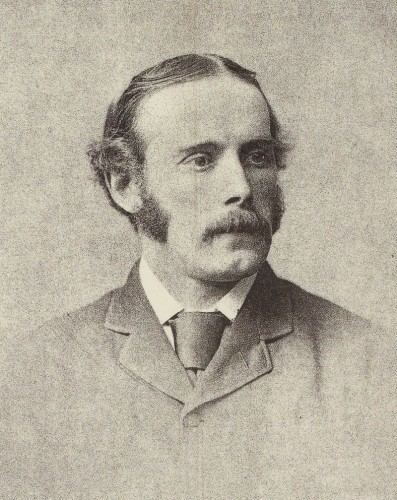Name Gerard Brown | ||
 | ||
Died July 12, 1932, Edinburgh, United Kingdom Books The Arts in Early England, The Art of the Cave Dweller: A Study of the Earliest Artistic Activities of Man, The fine arts | ||
Gerard Baldwin Brown (31 October 1849 – 12 July 1932) was a British art historian.
Contents
Life
Brown was born in London, the son of church minister James Baldwin Brown and his wife, a sister of the sculptor Henry Leifchild. He studied at Oriel College, Oxford and became a Fellow at Brasenose College in 1874. He became the first holder of the Watson Gordon Chair of Fine Art at the University of Edinburgh in 1880 and held the chair until his retirement in 1930. In Edinburgh he lived at 3 Grosvenor Street in the west of the city.
The six-volume The Arts in Early England, which he began publishing in 1903 and which still occupied him at his death, has been regarded as Brown's most important work. Brown also wrote an early review of historic preservation legislation in various European countries The Care of Ancient Monuments (1905), in which he made unfavourable comparisons between policies in Britain and in other European countries. The book came to the attention of Sir John Sinclair, Secretary for Scotland, and led to the establishment in February 1908 of the Royal Commission on the Ancient and Historical Monuments of Scotland (on which Brown served as one of the first Commissioners), followed by equivalent Royal Commissions for Wales and England. His The Glasgow School of Painters was published in 1908.
He was cremated and his ashes interred with his parents at West Norwood Cemetery.
Recognition in art
A bust, sculpted by Pilkington Jackson is held in the Edinburgh University Art Collection.
